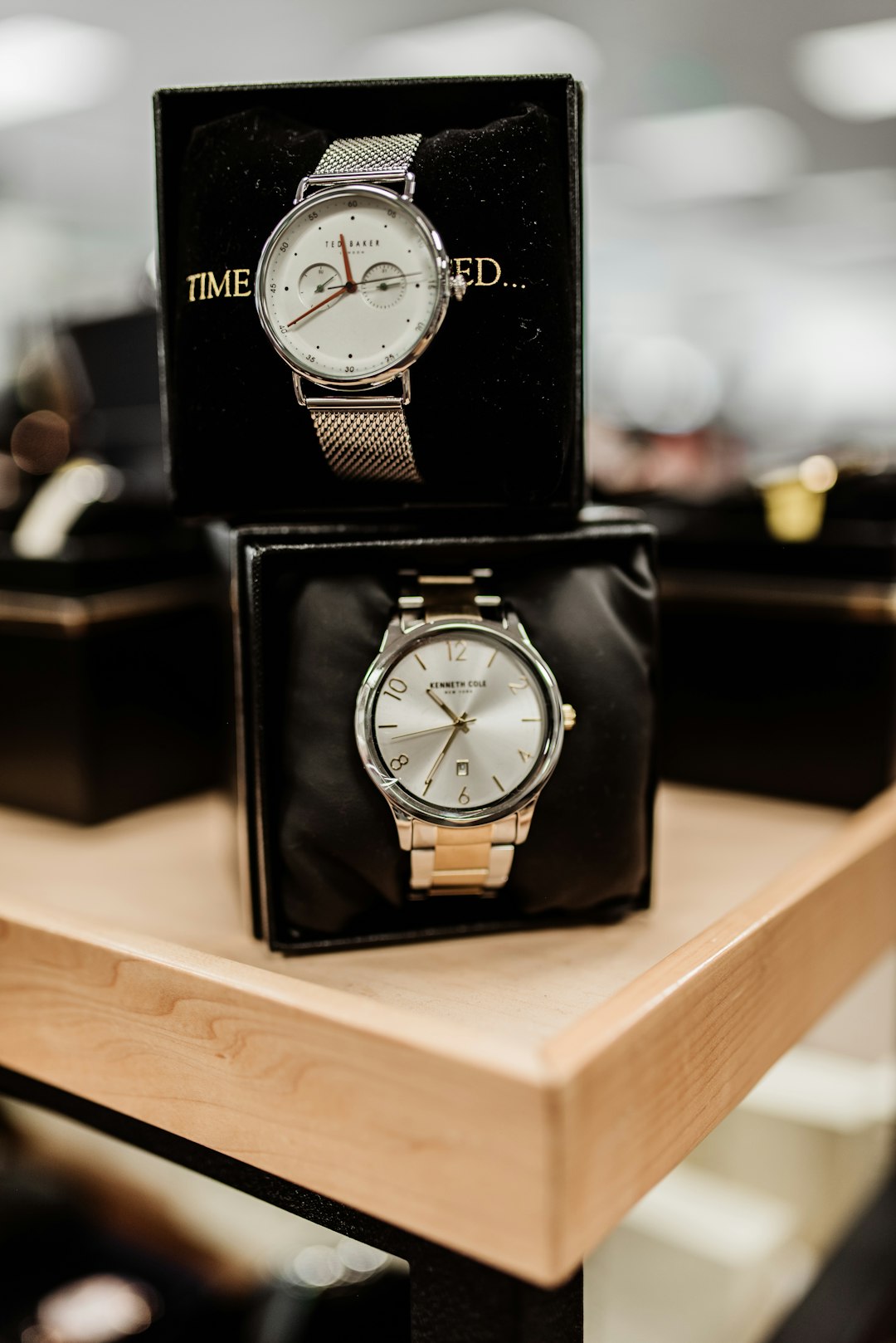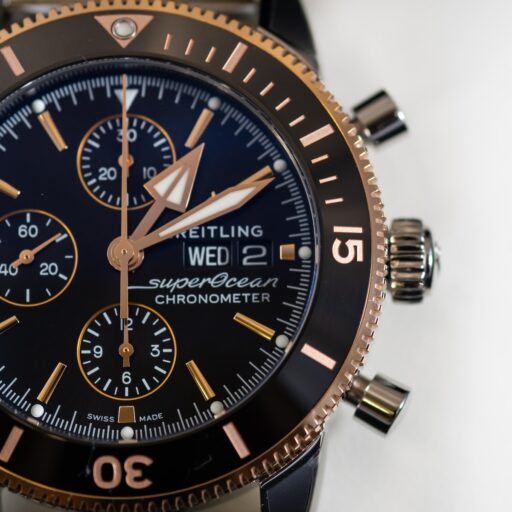Support our educational content for free when you purchase through links on our site. Learn more
When Were Pocket Watches Invented? [2024] ⌚
Did you know that pocket watches have a fascinating history that dates back centuries? These timepieces, once a symbol of elegance and sophistication, have a rich heritage that spans across different cultures and eras. In this article, we’ll delve into the origins of pocket watches, explore their design and features, discuss their social significance, and even touch on their current usage. So, grab a cup of coffee, sit back, and let’s embark on a journey through time!
Table of Contents
- Quick Answer
- Quick Tips and Facts
- The Birth of Pocket Watches
- Evolution of Design and Features
- The Social Significance of Pocket Watches
- Types of Pocket Watches
- Historical Evolution and Resurgence
- Current Usage and Fashion
- FAQ
- Conclusion
- Recommended Links
- Reference Links
Quick Answer
Pocket watches were invented in 1510 by Peter Henlein, a master locksmith from Nuremberg, Germany. These early timepieces were mainspring powered and lacked a glass screen protector. Over time, pocket watches evolved in design and features, becoming more accurate and stylish. They held significant social importance, indicating one’s social standing and often being passed down as family heirlooms. While wristwatches gained prominence in the early 20th century, pocket watches experienced a brief resurgence in the 1970s and 1980s as a fashion statement. Today, while less common, some individuals still find pocket watches fashionable and use them as an alternative to wristwatches.
👉 CHECK PRICE on: Amazon | Walmart | Etsy
Quick Tips and Facts
Before we dive deeper into the world of pocket watches, here are some quick tips and interesting facts to pique your curiosity:
✅ Pocket watches were invented in 1510 by Peter Henlein, a master locksmith from Nuremberg, Germany.
✅ These early pocket watches were mainspring powered and did not have a glass screen protector.
✅ Pocket watches were initially used to distinguish between craftsmen and the upper class in the 15th century.
✅ The manufacturing of pocket watches spread throughout Europe in the 16th century.
✅ Over time, pocket watches became more accurate with the introduction of the lever escapement and minute handle.
✅ Pocket watches were not only timekeeping devices but also fashion accessories that indicated social standing.
✅ Wealthy individuals often flaunted their wealth through the type of pocket watch they owned.
✅ Pocket watches had chains for attachment to lapels, belt loops, or waistcoats.
✅ Some pocket watch designs included practical gadgets like winding keys and cigar cutters.
✅ There are various types of pocket watches, including open-face, hunter-case, full hunter, double hunter, demi or half-hunter case, and nurses fob watches.
✅ Pocket watches were popular until the early 20th century when wristwatches gained prominence.
✅ They experienced a brief resurgence in the 1970s and 1980s as a fashion statement.
✅ While less common today, some individuals still find pocket watches fashionable and use them like wristwatches.
Now that you have a glimpse into the world of pocket watches, let’s explore their fascinating history and evolution!
The Birth of Pocket Watches
The story of pocket watches begins in 1510 when Peter Henlein, a master locksmith from Nuremberg, Germany, invented these portable timekeeping devices. Henlein’s creation revolutionized the way people told time, allowing them to carry their timepieces conveniently in their pockets. These early pocket watches were powered by a mainspring mechanism, which provided the necessary energy to keep the watch running.
At the time of their invention, pocket watches lacked the protective glass screen that we commonly associate with watches today. Instead, they had an open face design, exposing the dial and hands to the elements. Despite this vulnerability, pocket watches quickly gained popularity and became a status symbol among the upper class.
The manufacturing of pocket watches spread throughout Europe in the 16th century, with various watchmakers refining the design and improving their accuracy. The introduction of the lever escapement and minute handle further enhanced the precision of pocket watches, making them more reliable timekeeping devices.
Evolution of Design and Features
As pocket watches evolved, so did their design and features. Watchmakers began incorporating protective covers, known as cases, to shield the delicate mechanisms from damage. These cases came in different styles, each serving a specific purpose and catering to different preferences.
Let’s take a closer look at some of the most popular types of pocket watches:
1. Open-Face Pocket Watch
The open-face pocket watch features a simple design with no cover or lid. The dial and hands are exposed, making it easy to read the time at a glance. This type of pocket watch is often favored for its simplicity and ease of use.
2. Hunter-Case Pocket Watch
The hunter-case pocket watch, also known as a closed-face pocket watch, features a hinged cover that protects the dial and hands. This cover can be opened by pressing a button or flipping a latch, revealing the time. The hunter-case design offers additional protection to the watch and adds a touch of elegance to its appearance.
3. Full Hunter Pocket Watch
The full hunter pocket watch takes the concept of the hunter-case design a step further. In this style, the cover is solid and completely conceals the dial and hands when closed. To check the time, you need to open the cover, revealing the watch face. Full hunter pocket watches are highly sought after for their classic and sophisticated look.
4. Double Hunter Pocket Watch
The double hunter pocket watch is a variation of the hunter-case design that features a cover on both sides of the watch. This allows the wearer to view the time without fully opening the watch. The front cover protects the dial, while the back cover reveals the intricate movement of the watch. Double hunter pocket watches are prized for their aesthetic appeal and the ability to showcase the inner workings of the timepiece.
5. Demi or Half-Hunter Case Pocket Watch
The demi or half-hunter case pocket watch combines elements of the open-face and hunter-case designs. It features a cover with a small window or aperture that allows the wearer to read the time without fully opening the watch. This design offers a balance between protection and convenience, making it a popular choice among pocket watch enthusiasts.
6. Nurses Fob Watch
The nurses fob watch is a specialized type of pocket watch designed for medical professionals. It typically features a simple and easy-to-read dial, along with a pin or clip for attachment to a uniform or clothing. Nurses fob watches are known for their practicality and durability, making them a staple accessory in the healthcare industry.
The Social Significance of Pocket Watches
During their heyday, pocket watches held significant social importance. Owning a pocket watch was a symbol of status and sophistication, reserved for the upper class and those who could afford such luxury. The type of pocket watch one owned often reflected their social standing and personal style.
Wealthy individuals would flaunt their wealth through the intricacy and craftsmanship of their pocket watches. Elaborate engravings, precious metals, and gemstone embellishments were common features found in high-end pocket watches. These timepieces became more than just functional accessories; they were works of art that showcased the owner’s taste and affluence.
Pocket watches were often passed down as family heirlooms, carrying with them the stories and memories of previous generations. They became cherished possessions, treasured not only for their beauty but also for the sentimental value they held. In many cases, pocket watches were engraved with initials, family crests, or significant dates, further personalizing these timepieces.
Types of Pocket Watches
We’ve already touched on some of the popular types of pocket watches, but let’s explore them in more detail:
1. Open-Face Pocket Watch
- Design: Simple, no cover or lid.
- Pros: Easy to read the time, minimalist design.
- Cons: Dial and hands are exposed, susceptible to damage.
2. Hunter-Case Pocket Watch
- Design: Hinged cover protects the dial and hands.
- Pros: Offers protection, adds elegance to the design.
- Cons: Requires opening the cover to check the time.
3. Full Hunter Pocket Watch
- Design: Solid cover conceals the dial and hands.
- Pros: Provides maximum protection, classic and sophisticated look.
- Cons: Requires opening the cover to check the time.
4. Double Hunter Pocket Watch
- Design: Covers on both sides, front cover protects the dial, back cover reveals the movement.
- Pros: Showcases the inner workings of the watch, aesthetically pleasing.
- Cons: Requires opening the cover(s) to check the time.
5. Demi or Half-Hunter Case Pocket Watch
- Design: Cover with a small window or aperture to view the time.
- Pros: Balances protection and convenience, stylish design.
- Cons: Limited visibility of the time without fully opening the watch.
6. Nurses Fob Watch
- Design: Simple and practical, often attached to a uniform or clothing.
- Pros: Easy to read, durable for everyday use.
- Cons: Limited design options, primarily designed for medical professionals.
Each type of pocket watch offers its own unique charm and functionality. The choice ultimately depends on personal preference and the desired balance between protection and convenience.
Historical Evolution and Resurgence
Pocket watches enjoyed immense popularity from their invention in the 16th century until the early 20th century. They were the go-to timekeeping devices for people of all walks of life, from the working class to the upper echelons of society. However, the advent of wristwatches in the early 20th century marked a shift in timekeeping trends.
Wristwatches offered a more convenient and practical way to tell time, as they could be worn on the wrist, leaving the hands free. This transition led to a decline in the use of pocket watches, relegating them to the status of vintage and collectible items.
However, in the 1970s and 1980s, pocket watches experienced a brief resurgence in popularity. They became a fashion statement, with individuals embracing the retro charm and elegance of these timepieces. Pocket watches were often worn as accessories, clipped to belts, waistcoats, or even displayed as pendant necklaces.
Current Usage and Fashion
While pocket watches are less common today, there are still enthusiasts who appreciate their timeless appeal. Some individuals choose to wear pocket watches as an alternative to wristwatches, embracing the nostalgia and sophistication that these timepieces exude.
Pocket watches can be a unique fashion statement, adding a touch of vintage elegance to any outfit. They make for great conversation starters and can be a reflection of one’s personal style and appreciation for traditional craftsmanship.
Whether you’re a collector, a fashion enthusiast, or simply someone who appreciates the artistry of pocket watches, these timepieces continue to captivate the hearts of many.
FAQ

When did pocket watches become common?
Pocket watches became common in the 16th century as manufacturing spread throughout Europe. They were widely used as timekeeping devices by people from various social classes.
Did they have pocket watches in the 1700s?
Yes, pocket watches were prevalent in the 1700s. They were an essential accessory for both men and women, serving as reliable timekeeping devices.
Read more about “The Evolution of Watches: A Comprehensive Journey Through Time … 🕰️”
Did they have pocket watches in 1776?
Yes, pocket watches were in use in 1776. They were an integral part of daily life, helping people keep track of time and manage their schedules.
Read more about “Did they have watches in the 1700s? … ⌚”
What’s the oldest pocket watch?
The oldest known pocket watch dates back to the 16th century. It was made by Peter Henlein, the inventor of pocket watches, in 1510.
If you have any more questions about pocket watches, feel free to reach out to us!
Conclusion

In conclusion, pocket watches have a rich and captivating history that spans centuries. From their humble beginnings in 1510 to their evolution in design and features, these timepieces have left an indelible mark on horological culture. While wristwatches may have taken center stage in modern times, pocket watches continue to enchant enthusiasts with their timeless elegance and vintage charm.
If you’re considering adding a pocket watch to your collection or wardrobe, we encourage you to explore the various types and designs available. Whether you opt for an open-face pocket watch, a hunter-case style, or a full hunter pocket watch, you’re sure to find a timepiece that resonates with your personal style and preferences.
Remember, a pocket watch is more than just a timekeeping device; it’s a piece of history that tells a story. So, embrace the allure of pocket watches and let these timeless treasures transport you to a bygone era.
👉 CHECK PRICE on: Amazon | Walmart | Etsy
Recommended Links
- Luxury Watch Brands
- Watch Brand Comparisons
- Guide to Buying Watches
- Men’s Watches
- Affordable Watches
- When Were Watches Invented?
Reference Links
- The Pocket Watch, its origins and everything you need to know
- Wikipedia – Pocket Watch
- Antique Pocket Watch History
Now that you’re equipped with knowledge about the origins and evolution of pocket watches, why not explore our other articles on luxury watch brands, watch brand comparisons, and more? Happy timekeeping!
